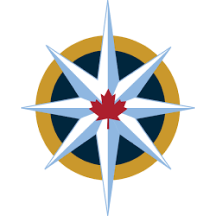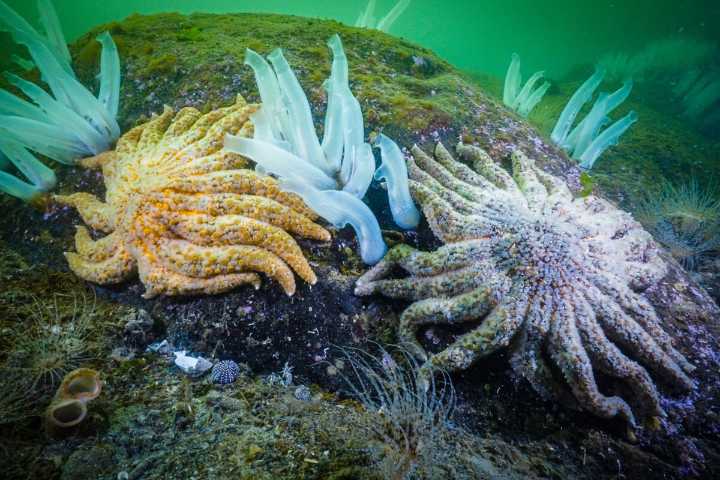This story originally appeared in bioGraphic , an independent magazine about nature and regeneration.
I see my first sunflower sea star in a plastic container barely large enough to hold a sandwich. It’s eating lunch. I am in a garage-like government laboratory on the curled tip of Washington state’s Marrowstone Island, not far from a dark and drippy cedar forest at the northern edge of Puget Sound. Tubes pump icy ocean water into dozens of containers, each of which serves as a makeshift condominium for a single baby sea star. Around me, scientists are popping off lids and documenting which container walls each animal is touching. “Near side, left side, bottom,” one murmurs as another jots notes.
The sunflower stars ( Pycnopodia helianthoides ) are being kept in isolation to avoid t

 Canadian Geographic Wildlife
Canadian Geographic Wildlife

 IMDb TV
IMDb TV Vox
Vox America News
America News CBS News
CBS News NBC News
NBC News Cinema Blend
Cinema Blend Medscape
Medscape AlterNet
AlterNet Raw Story
Raw Story